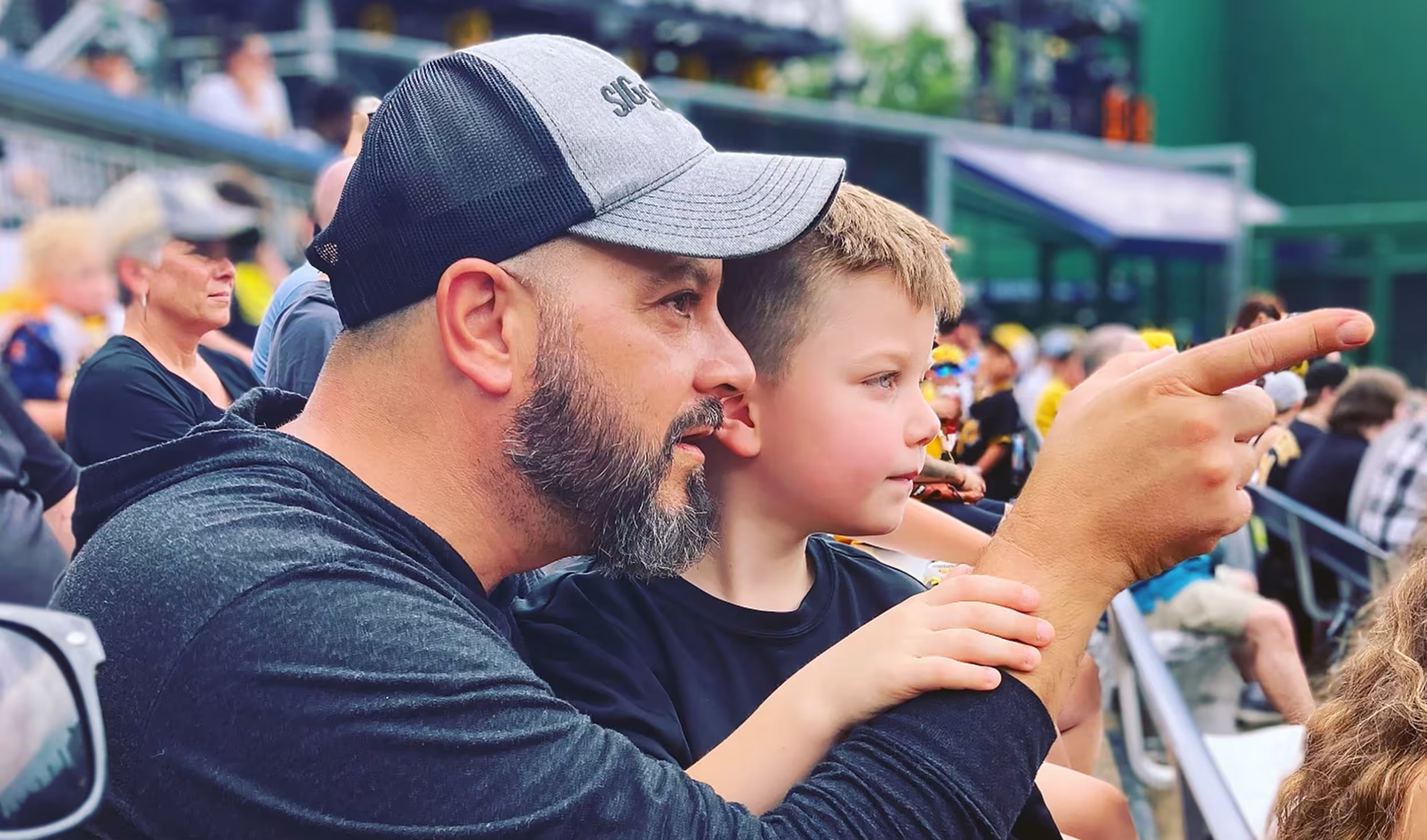Tuck, lift, nip, reshape, reduce, suck, enlarge, implant, inject and peel—plastic surgery is everywhere these days. Whether it's being broadcast from your TV or advertised in a magazine, the word is out that cosmetic procedures are no longer just for the rich and famous. Now, more and more African Americans are seeking a surgical solution for their physical foibles.
But are all noses created equal? The role of ethnicity when seeking physical perfection is what has prevented African Americans from seeking plastic surgery for years; many feared that their features would look "too white." But with increased awareness about ethnic concerns and new procedures that cater to the inherent differences in darker skin, blacks can finally consider changing their nose or lips or eyes, without cutting off a piece of their heritage.
"Most are realizing that plastic surgery can be done without feeling like you're trying to change your ethnicity," says Julius Few, MD, FACS, assistant professor at the Northwestern University Feinberg School of Medicine, "And it can really be done as a procedure that enhances your ethnicity without taking away from it."
A Lift in Surgeries
In 2004, there were about 461,000 cosmetic and reconstructive procedures performed on African Americans in the United States. And while this only makes up 5 percent of the total number of procedures done across the country, it represents a 24 percent increase in procedures done on African Americans from 2000.
"In many ways, people are realizing that plastic surgery is not just for extreme kinds of indications," says Dr. Few, "rather, people can actually come to a plastic surgeon with reasonable issues that they wish to have improved, and that it is actually something that is both affordable and can be performed very safely."
The most popular major cosmetic procedures requested by African Americans are nose reshaping, breast reduction and liposuction. Interestingly, this does not deviate much from the general population, with the exception that more women, in general, seek breast augmentation as opposed to a reduction. However, the trend is not just reserved to women.
"Women still make up the majority of patients, but we're seeing a steeper rise in the number of men getting plastic surgery done," says Anthony Griffin, MD, FACS, member of the American Society of Plastic Surgeons and a featured surgeon on the television show, Extreme Makeover.
Health
Reducing Scarring
The rise in African Americans seeking plastic surgery has signaled a change in the industry to a certain extent. As demand grows, plastic surgeons are compelled to understand the differences in an African American face and the complications that impact darker skin more so than lighter skin.
"Most people of color are concerned, and rightly so, about abnormal scarring, keloids and so forth," says Dr. Griffin.
There are two main types of scarring that may be a problem. Hypertrophic scars are areas of raised skin that often appear at the site of a surgical incision. Keloids are even worse, often growing beyond the boundaries of the cut. Fortunately, new procedures are being developed and readily used, which limit the size of the incision or hide the scar in an inconspicuous place.
Implanting Reasonable Goals
If you are considering a change of face or body, there are a few things to consider. First, be sure that any doctor you contact is certified by the American Board of Medical Specialties and the American Board of Plastic Surgery. When considering a cosmetic procedure, it is important to keep your goals reasonable. Many plastic surgeons suggest bringing in a picture of yourself when you were younger, as opposed to a photo of a celebrity with the perfect legs or butt, because it is easier to achieve the body you used to have rather than someone else's. Be sure that the surgeon is clear about the changes you want—and those you don't.
"Miscommunication is the biggest problem in bad outcomes." says Dr. Griffin, "It isn't that the surgery was performed incorrectly, but the goal was miscommunicated."
Also, don't be afraid to ask if a plastic surgeon has performed operations on other African Americans. Any good one should be happy to divulge this information and be willing to refer you to another physician if you find their experience is lacking.
"I think that people will find that plastic surgeons are going to be forthright and honest about their experience," says Dr. Few.
Feel free to ask for before and after photos of other African Americans who have had a similar procedure; you may even be able to speak to these patients and ask questions you aren't comfortable asking your doctor. They can speak from experience about the procedure itself, the pain involved and the healing process. Most importantly, understand that plastic surgery is not for everyone, and it isn't a cure-all.
"Having plastic surgery to save your marriage or impress a group of friends is not what it should be about," says Dr. Few, "It should be about doing something that will make you, as a man or woman, feel better about yourself in a reasonable way, and understanding that the goal is to try to improve, but not to have perfection."



